today's work
Collapse
X
-
Comment
-
-
-
-
In the late 80's Ellie and I introduced to the American continent the concept of the cylindrical, removable water tight cylinder (WTC). We were not the first -- just the ones who popularized the system on this side of the world.
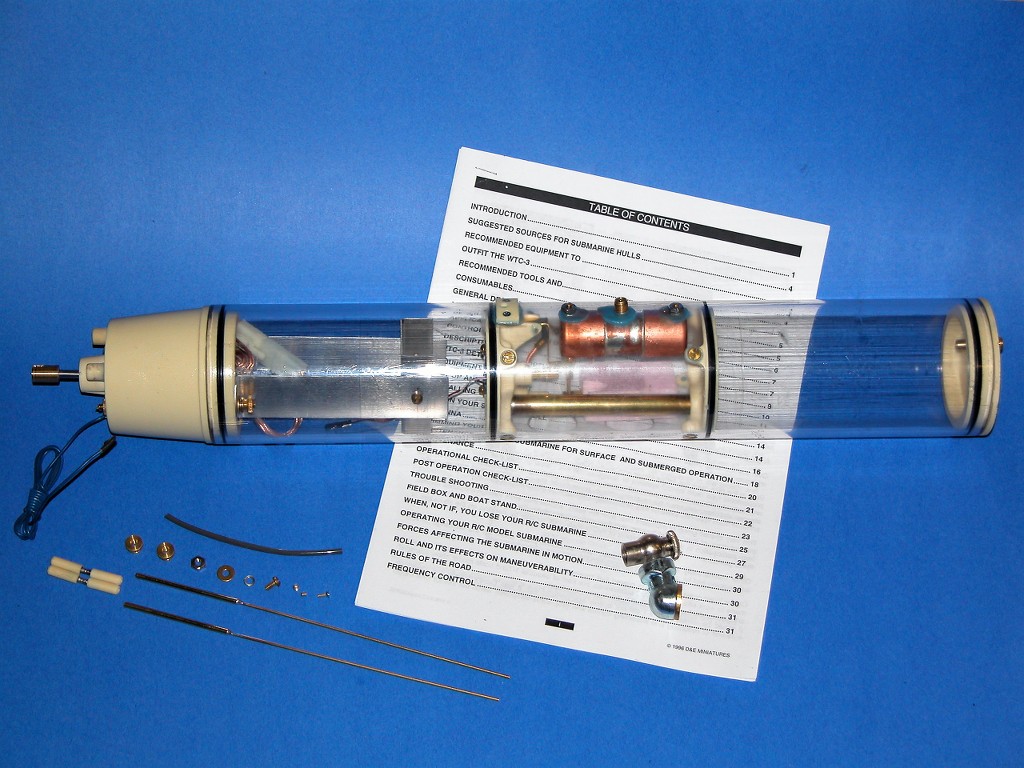
The WTC is a complete system that features a watertight cylinder that contains three major subsystems needed to operate an r/c submarine model: Control, propulsion, and variable ballast. This basic layout applied to cylinders of varying diameter, wall thickness, and length -- each type suited for a specific application.
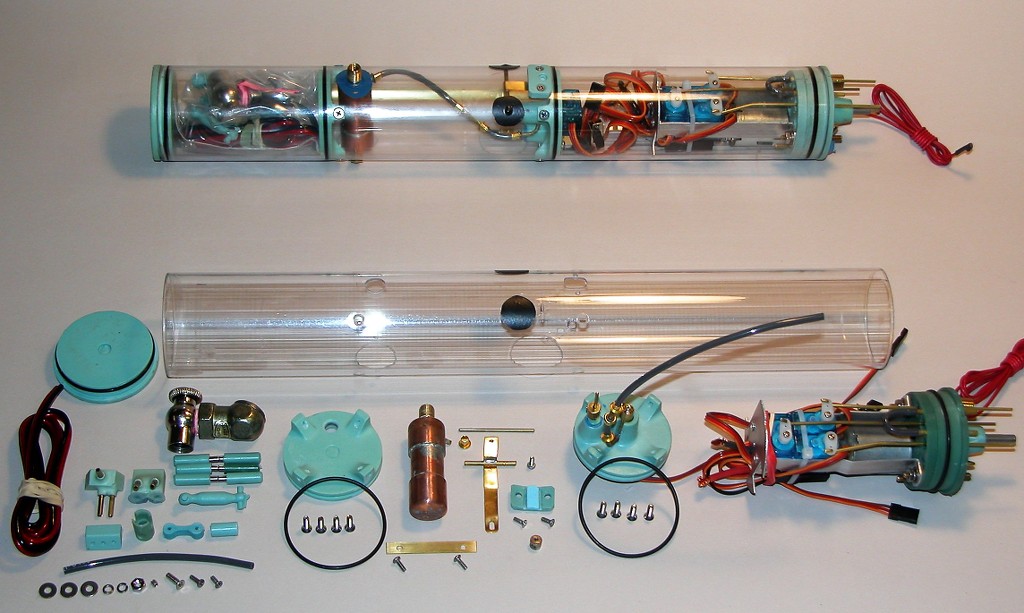
We quickly settled on polycarbonate clear plastic tube as the material of choice for the cylinder because of its useful physical properties. Lexan is easy to machine, and is much less susceptible to damage than the cheaper (and easier to source) acrylic plastic most people are familiar with.

For twenty years we produced hundreds of systems with no reports of failure of the plastic cylinder. However, about ten years ago, we started to get reports from the field that some WTC's were evidencing cracks -- these usually emanating from a drilled hole adjacent to an internal bulkhead. Should one or more of these cracks in the cylinder run through an internal bulkhead o-ring then flooding of the space within was inevitable.

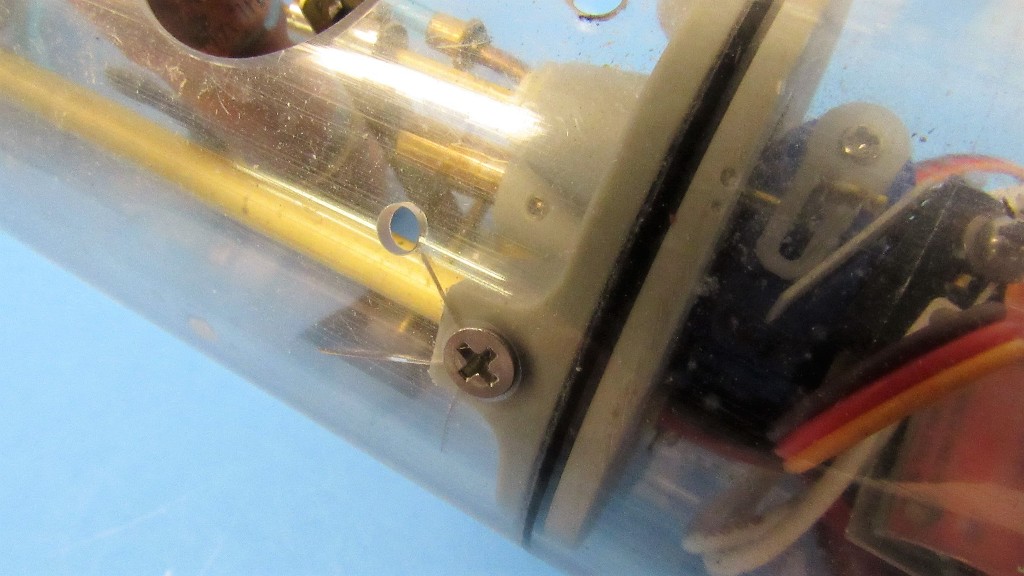
The rate of these failure reports escalated through the years to the point where, today, I'm seeing a failure rate of nearly ten-percent of the units I produce for myself and friends (I retired from the business about a year ago). The situation was most unacceptable!
A situation that was only resolved recently as Bob Martin, of the Nautilus Drydocks, developed a new line of SubDrivers; a product that cleverly employs a modular scheme of Lexan cylinder segments which do not require drilled holes in the Lexan plastic cylinder.
I just could not let this cracking problem go. So, I did some reading and found that I could easily anneal my Lexan cylinders in the kitchen oven, thus stress relieving the materials crystalline structure, likely caused by some bean-counters implementation of frugal production practices -- I suspect, as a coast saving measure, that either the chemistry of the plastic and/or the post extrusion temperature control protocol had either been eliminated or curtailed.
Bottom line is this: today's Lexan plastic cylinder (and this varies from manufacturer to manufacturer) is much more brittle and prone to cracking than the Lexan products of old.
The solution was to anneal the Lexan cylinders here, in the kitchen.
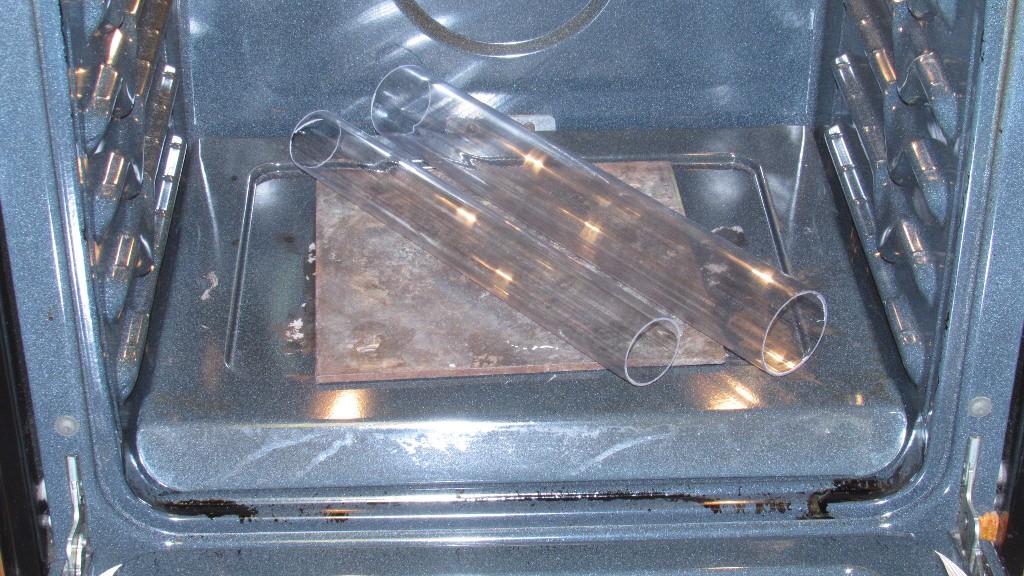
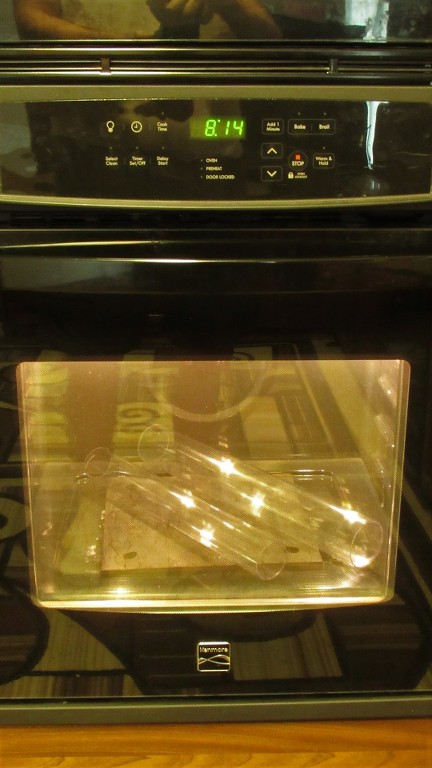
I found that preheating the oven to 240-degree F, then loading it with cut-to-length cylinders, then waiting twenty-hours for the oven temperature to creep back down to room-temperature did the job of re-organizing the crystalline structure of the plastic to the point where stress forces imparted during manufacture were relieved. I no longer observed significant cracking of the Lexan cylinder, no matter how tight I made a fastener running through a drilled hole.
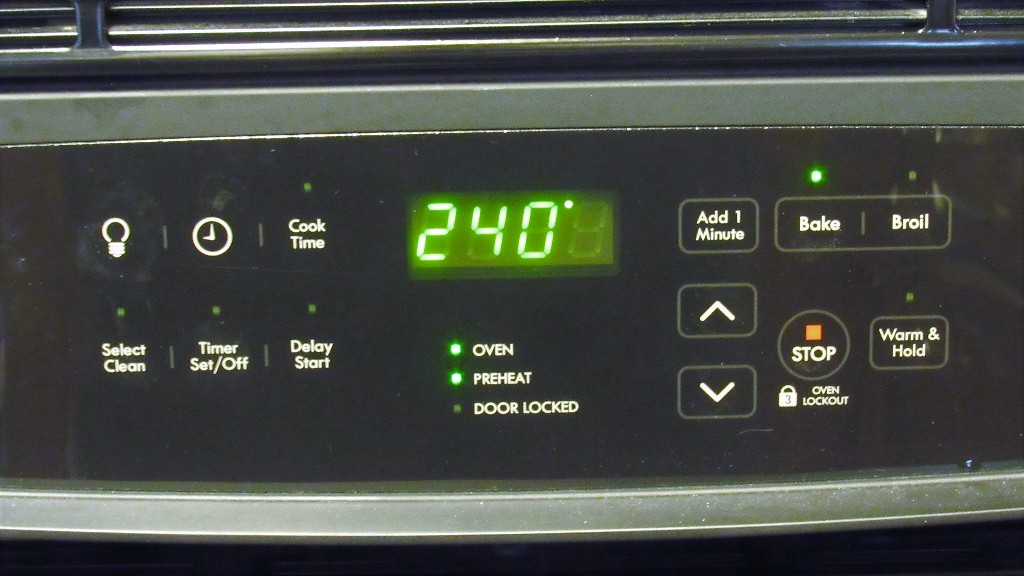
A few months ago I cut two lengths of 2" diameter Lexan cylinder. One I annealed, the other was not. I then mounted an internal bulkhead and emergency ballast blow cylinder within each, tightening the screws and retaining collar with unreasonable force. Show time!

Recently I examined the test articles: Sure enough, the annealed one evidenced no cracking; the one that was not annealed had cracking.
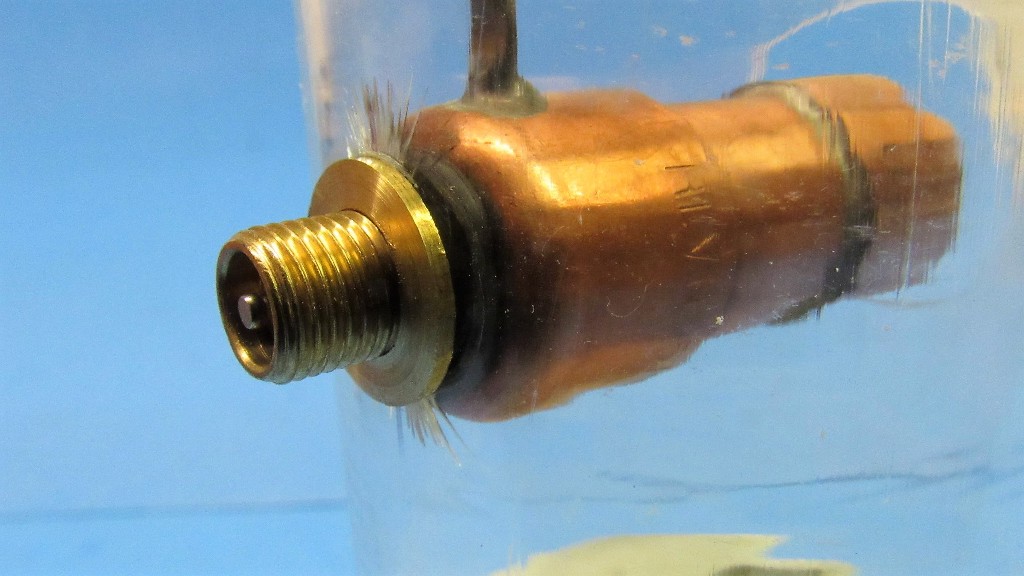
So. Problem solved. Henceforth all WTC Lexan cylinders will be annealed!Who is John Galt?👍 2Comment
-
Comment
-
That is amazing. Strange how something completely unknown can turn the whole ballgame around. By the way, that’s a damn clean oven.Of the approximately 40,000 men who served on U-boats in WWII, it is estimated that around 28,000 to 30,000 lost their lives.Comment
-
-
Can you still do the annealling after the holes have been drilled already?Make it simple, make strong, make it work!Comment
-
Huh. Now you have me wondering,,,I have to go look at the rest of my 3.5 and see if there's any cracks. I don't recall seeing any like the photos show...Comment
-
Comment
-
Really interesting and one I will look into. The hard part is how will I do that in our oven. It will mean me taking my wife out to dinner and come up with a good answer why I have clear pipes baking at 250 degrees. LOLIf you can cut, drill, saw, hit things and swear a lot, you're well on the way to building a working model sub.Comment
-
My firat attempt resulted in a molten puddle of Lexan at the bottom of the oven. Good news is, nothing stuck, so clean-up was a sinch. Here's the trick. Place your work on a thick metal 'heat-sink' as you quickly open the pre-heated oven and place heat-sink and Lexan cylinders within, quickly closing the door and forgetting about it for the next day or two. The heat-sink will eventually warm to a temperature high enough to anneal, but low enough to keep the damned things from melting.
(In the day, if Ellie caught me doing this kind of **** in her kitchen, the Authorities would never find my body... the closest they would come would be a piece here and there).
DavidWho is John Galt?👍 2Comment
-
she would have stuck you in the oven and put the burners on full til there was nothing left but ashes then flushed you down the toilet.
Make it simple, make strong, make it work!👍 1Comment


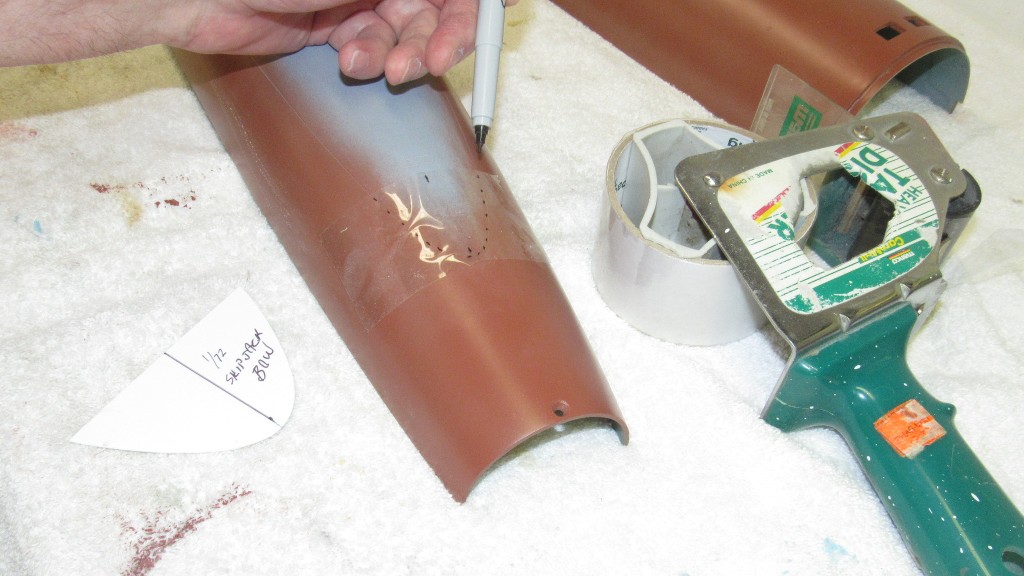
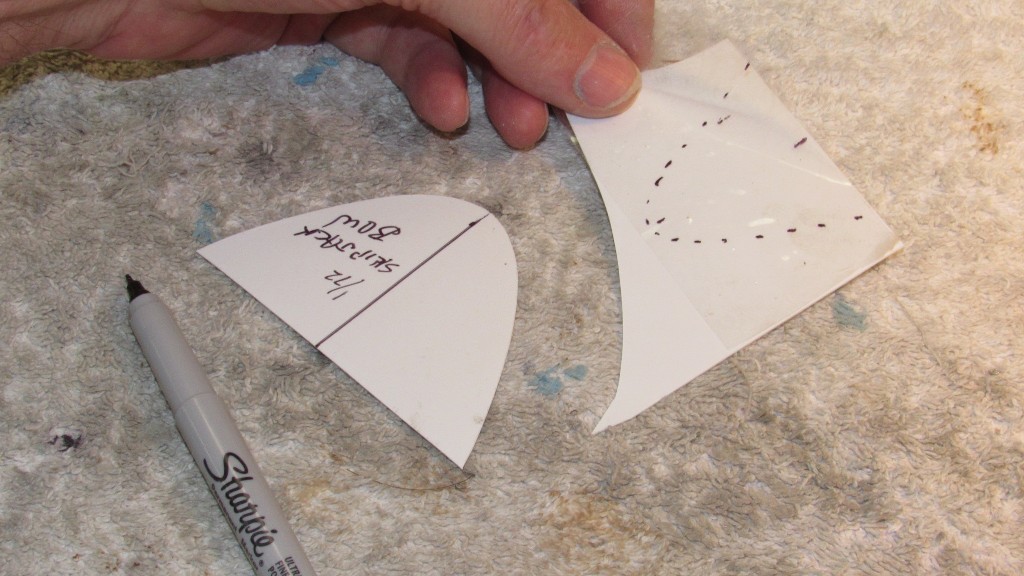
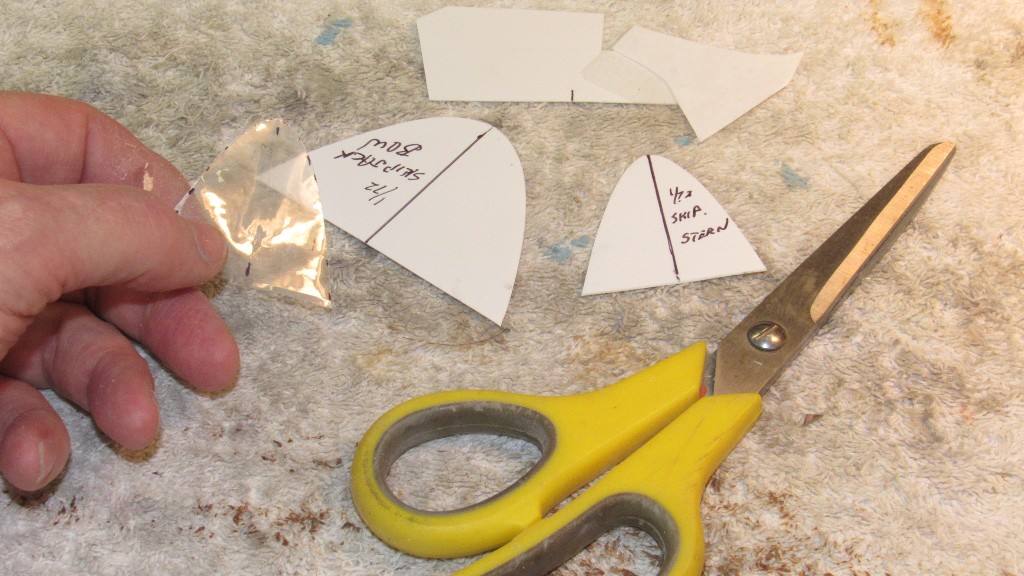
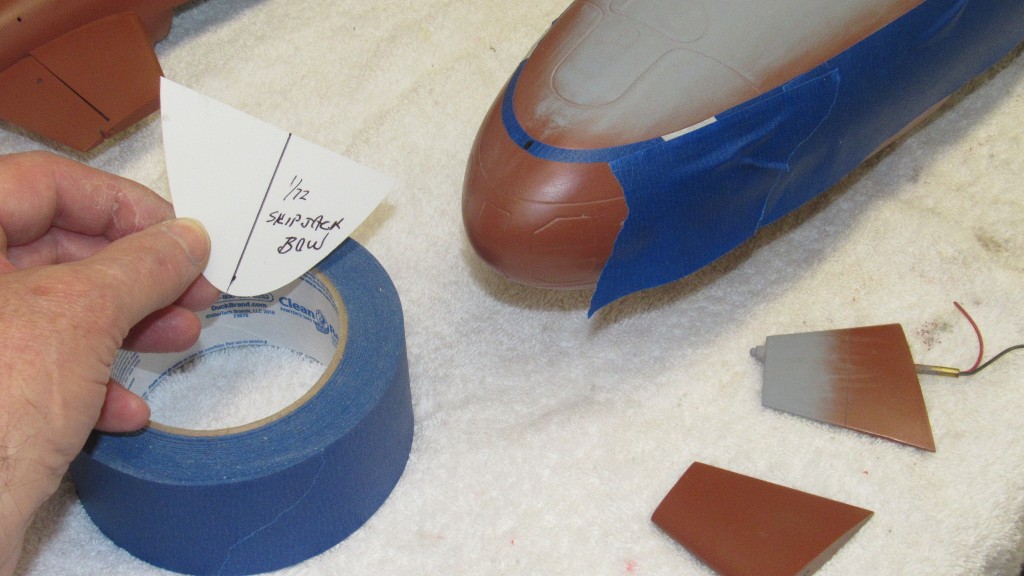
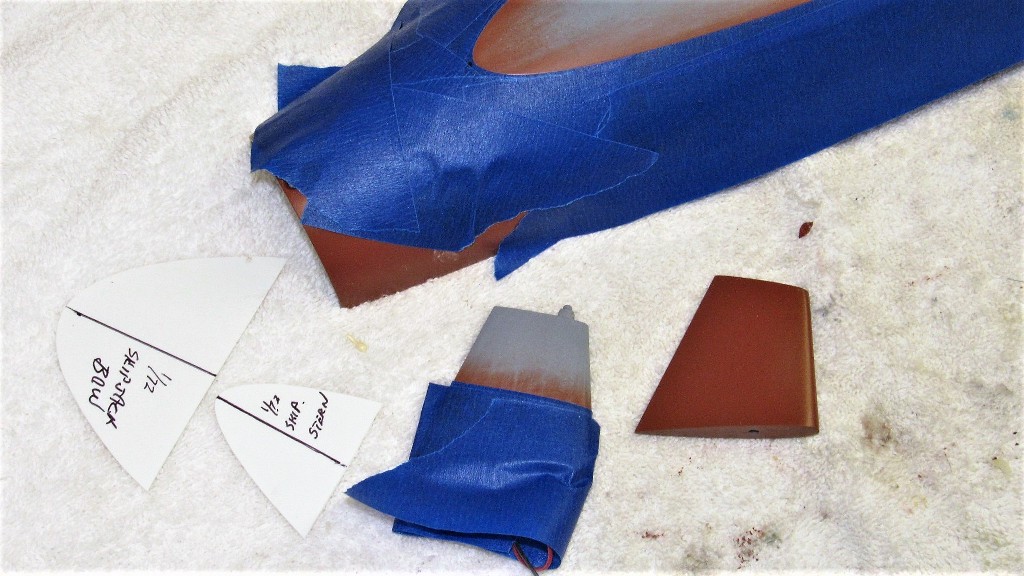
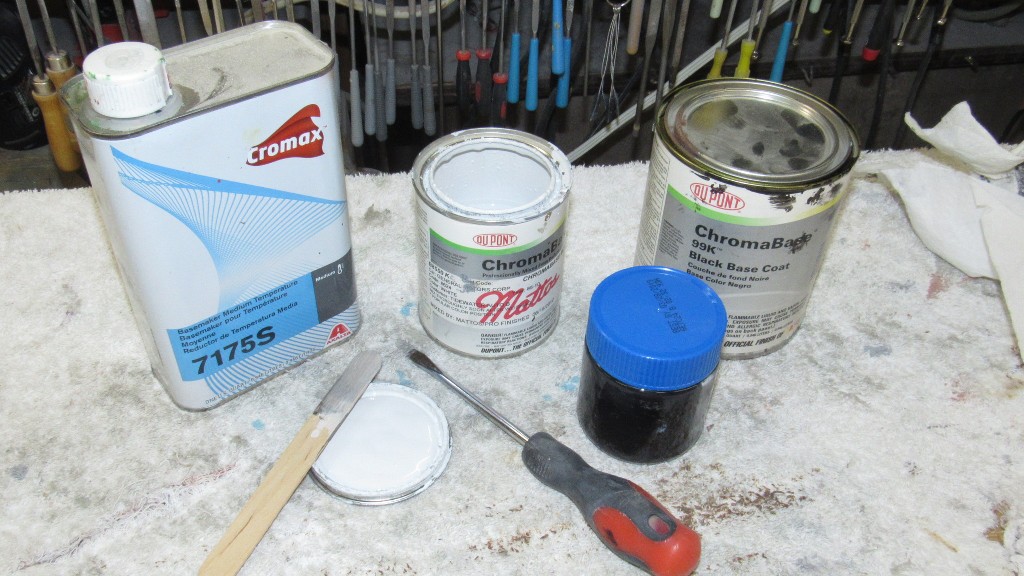
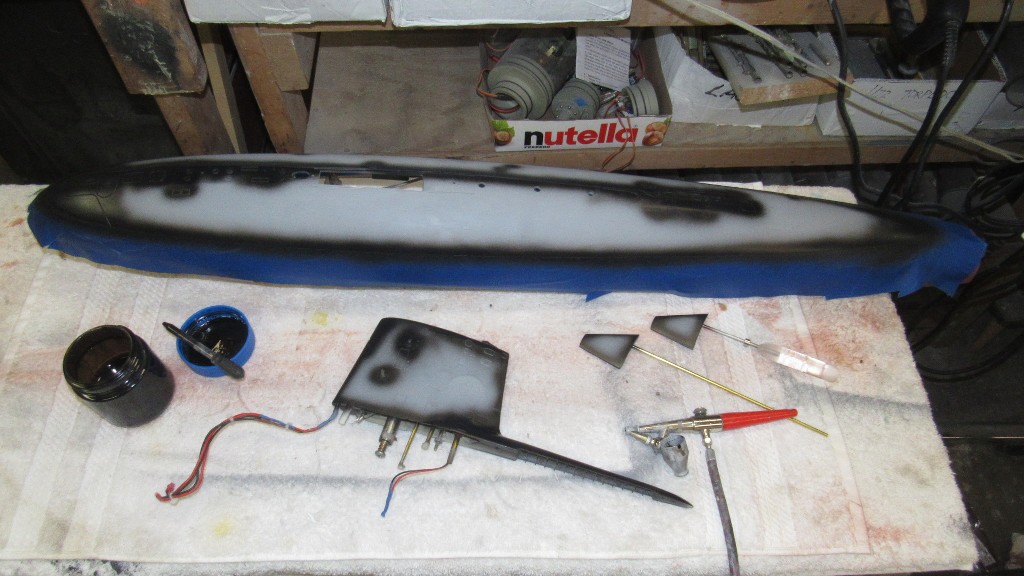
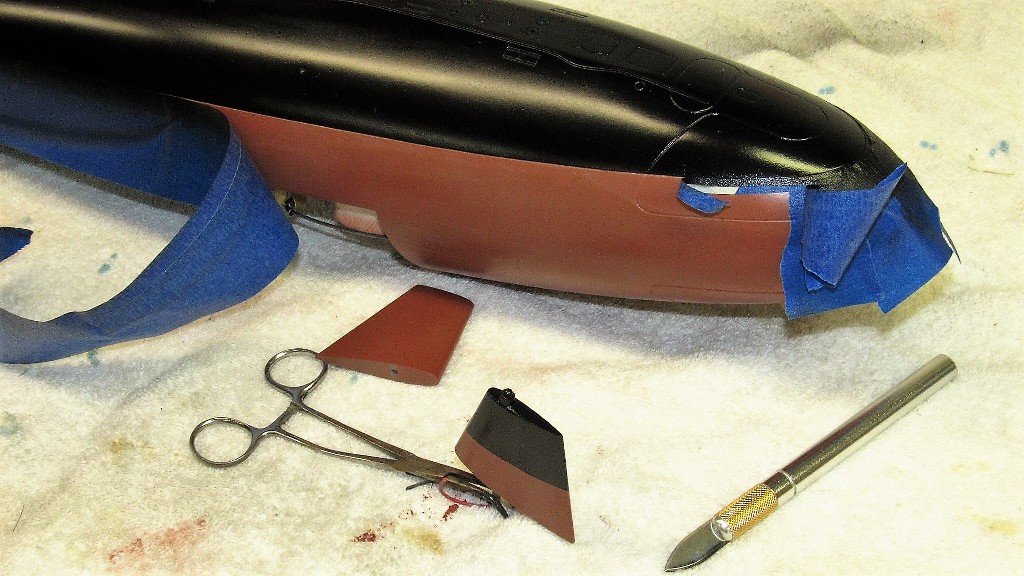

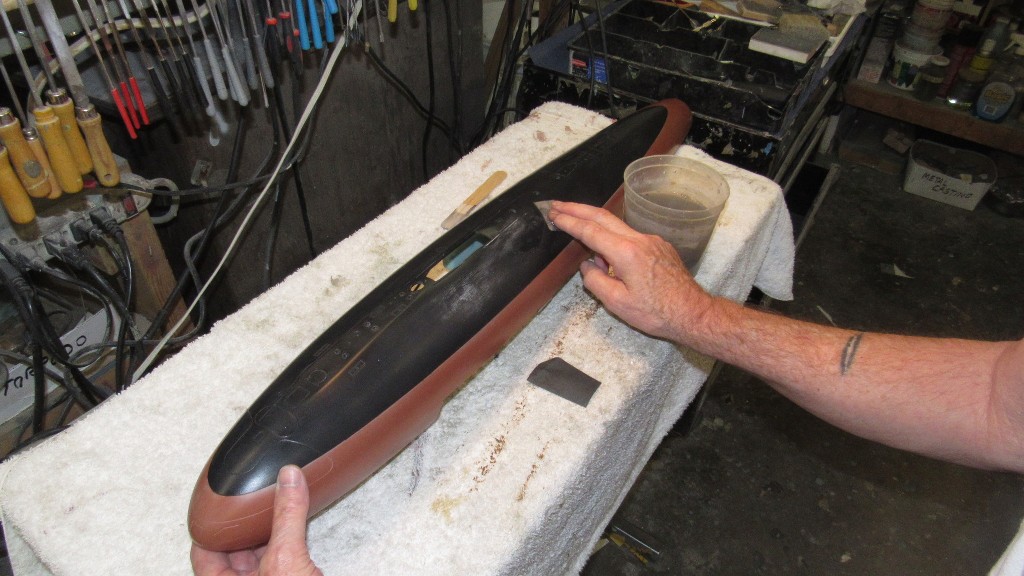
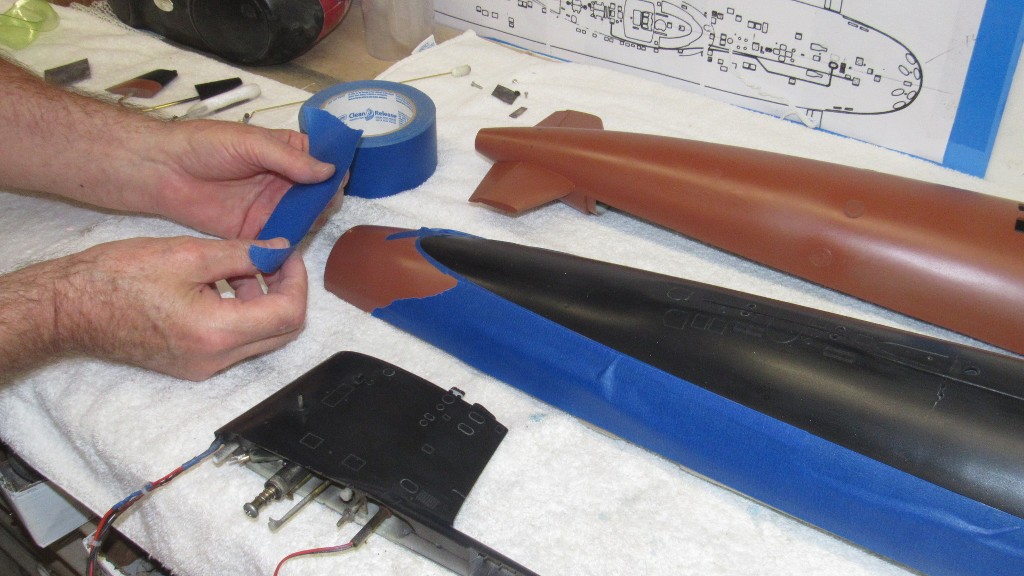
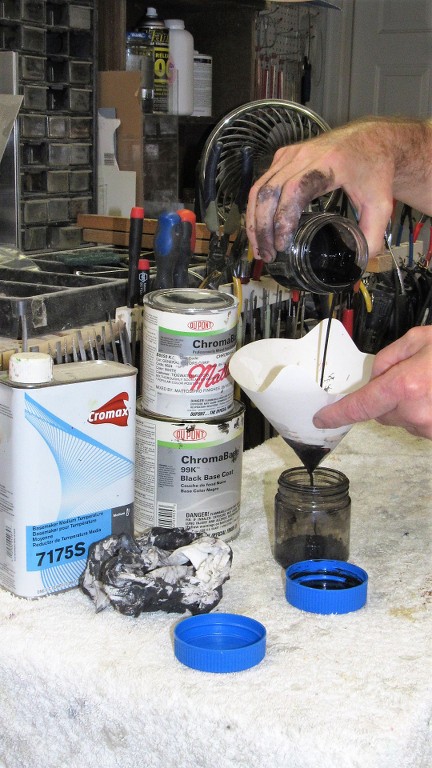
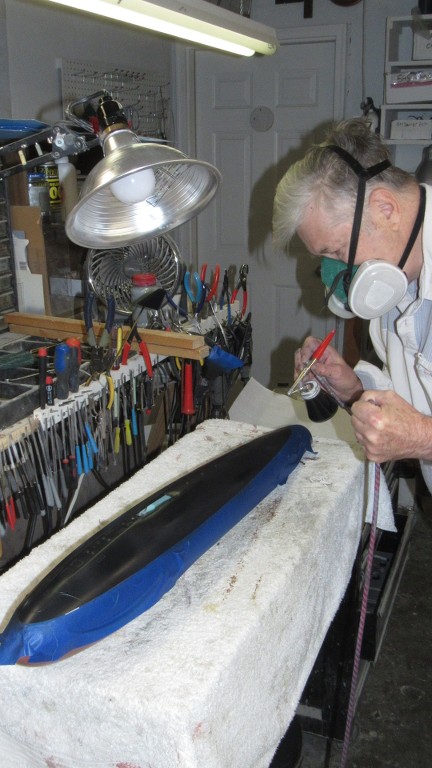
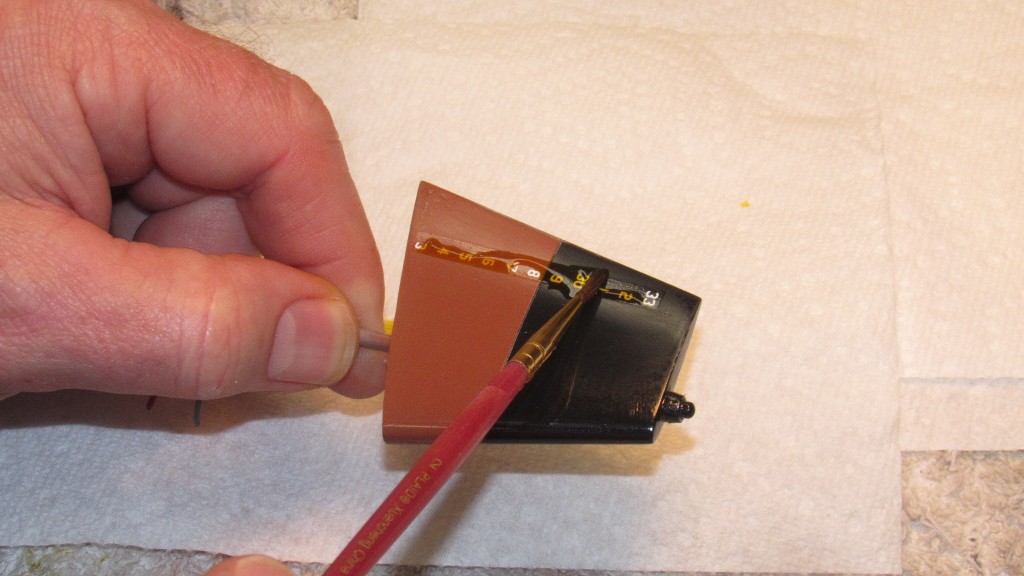
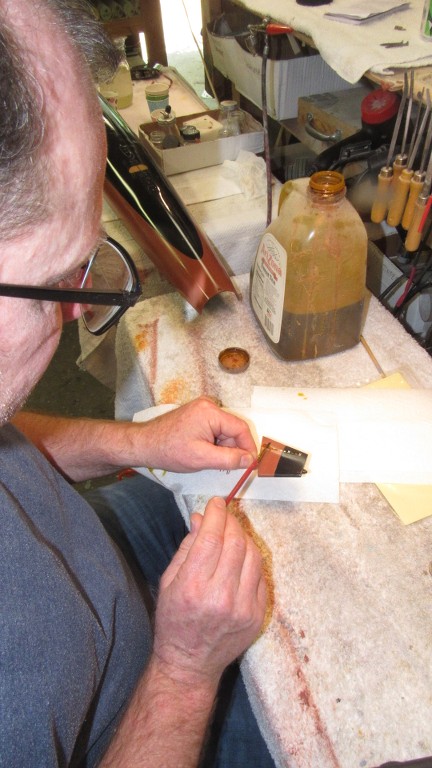

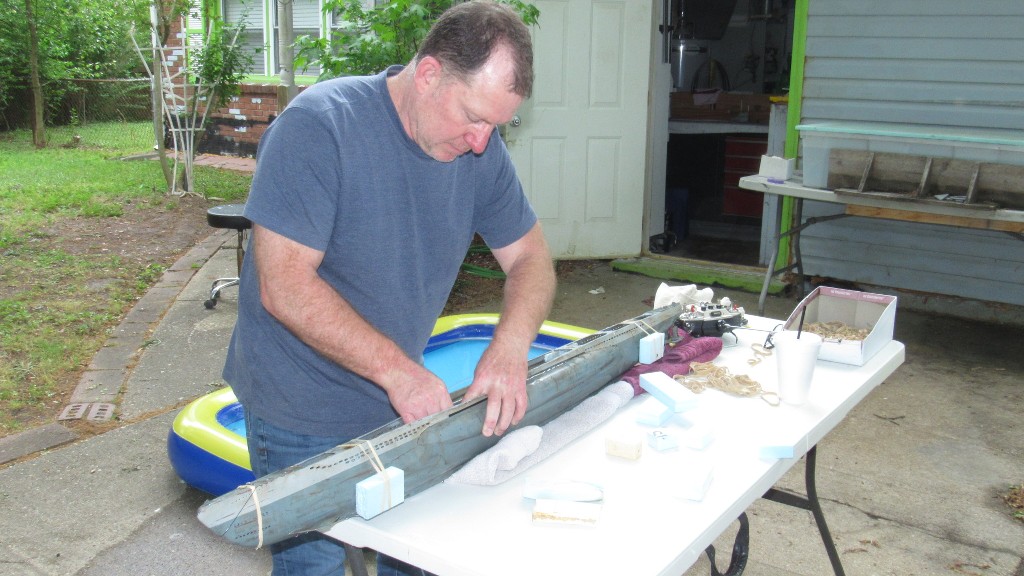
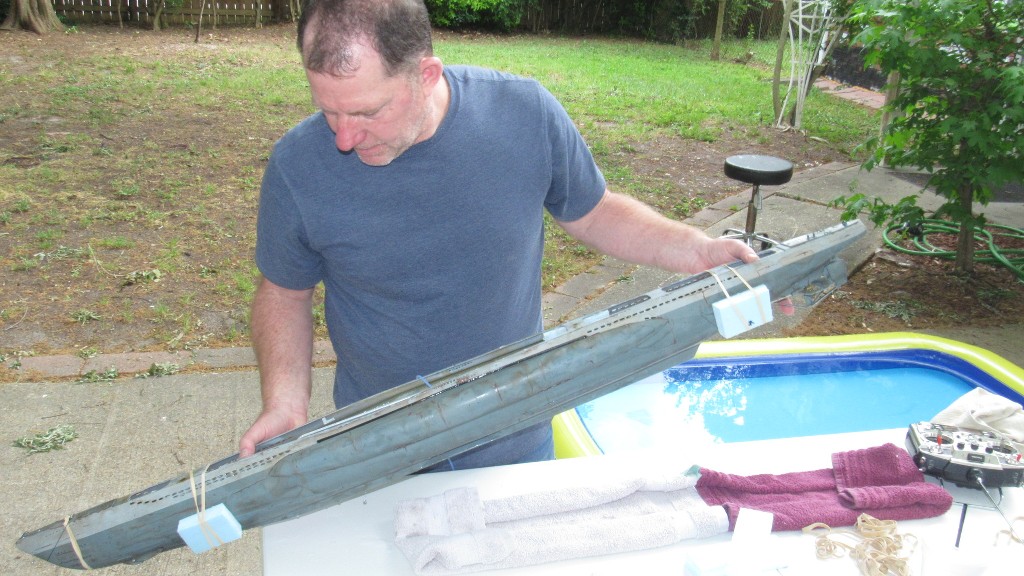

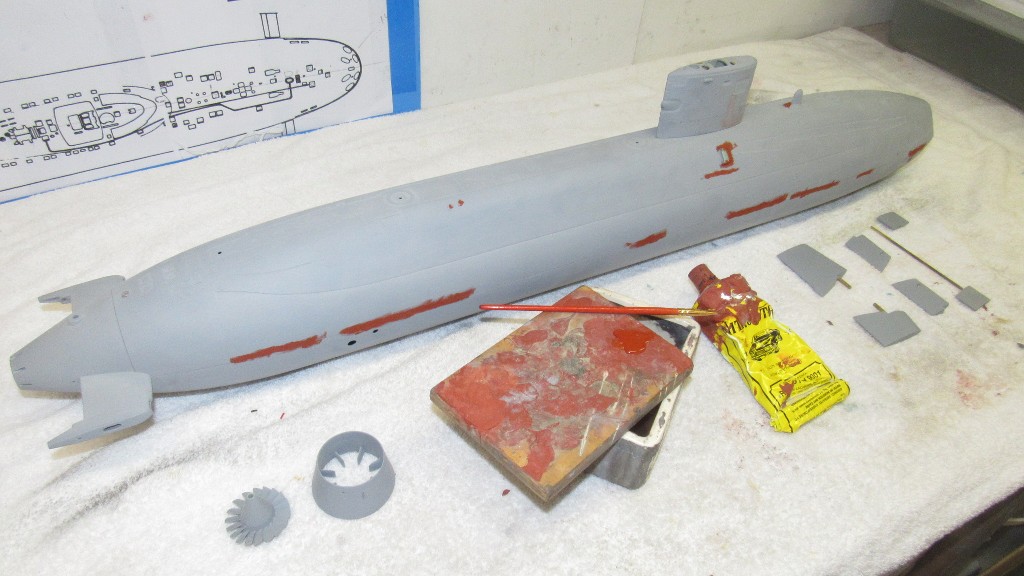

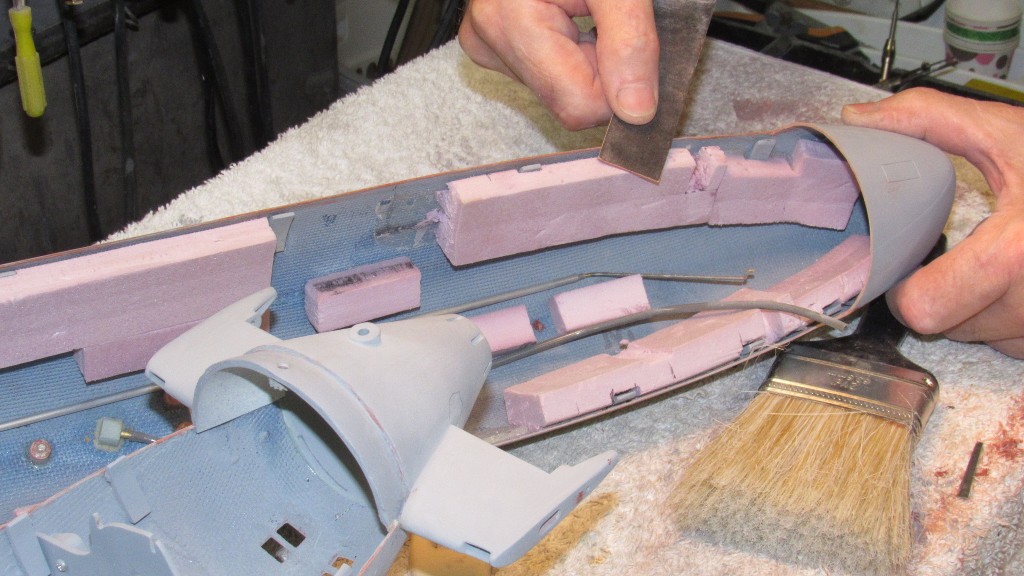

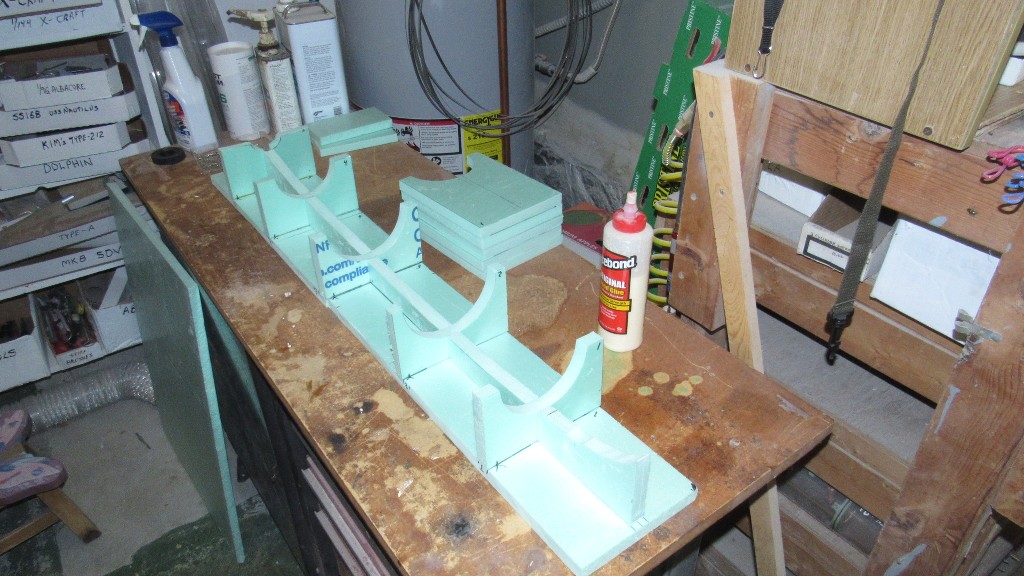
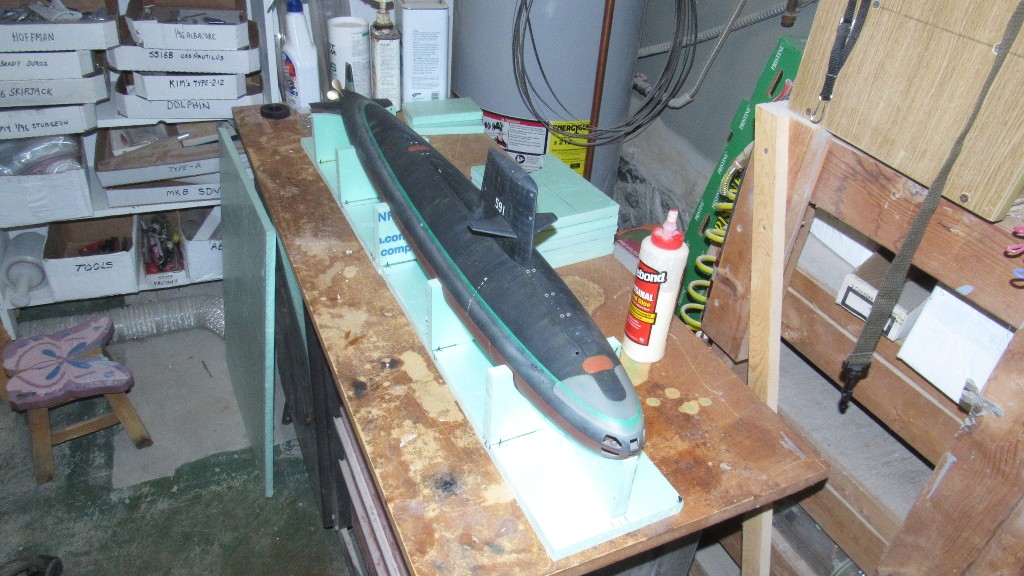
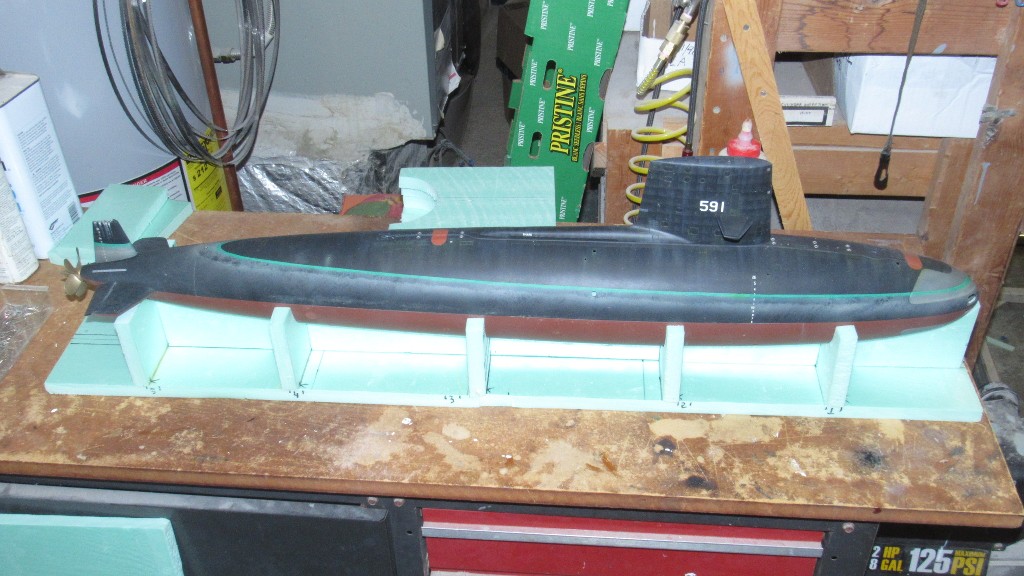
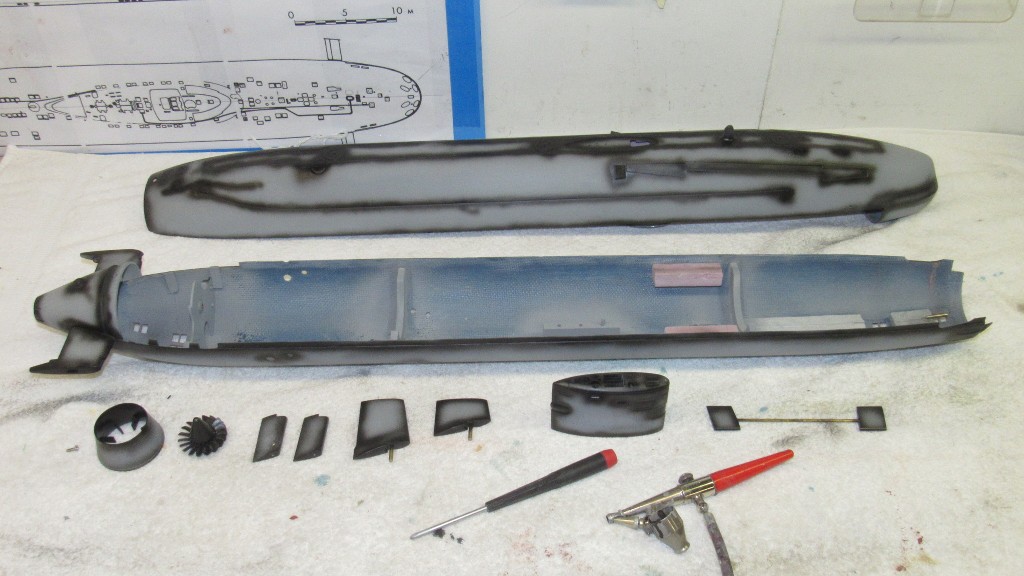
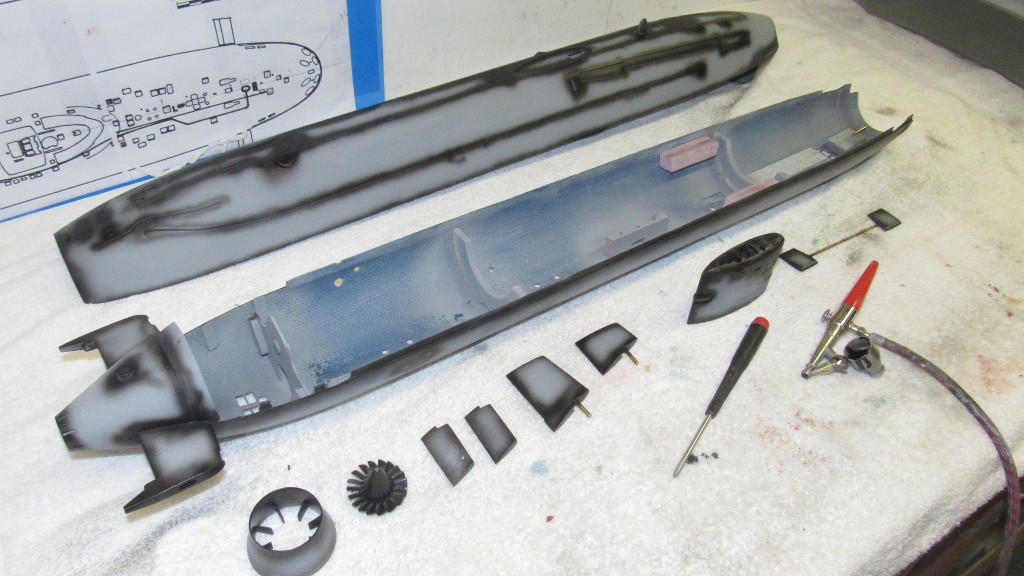
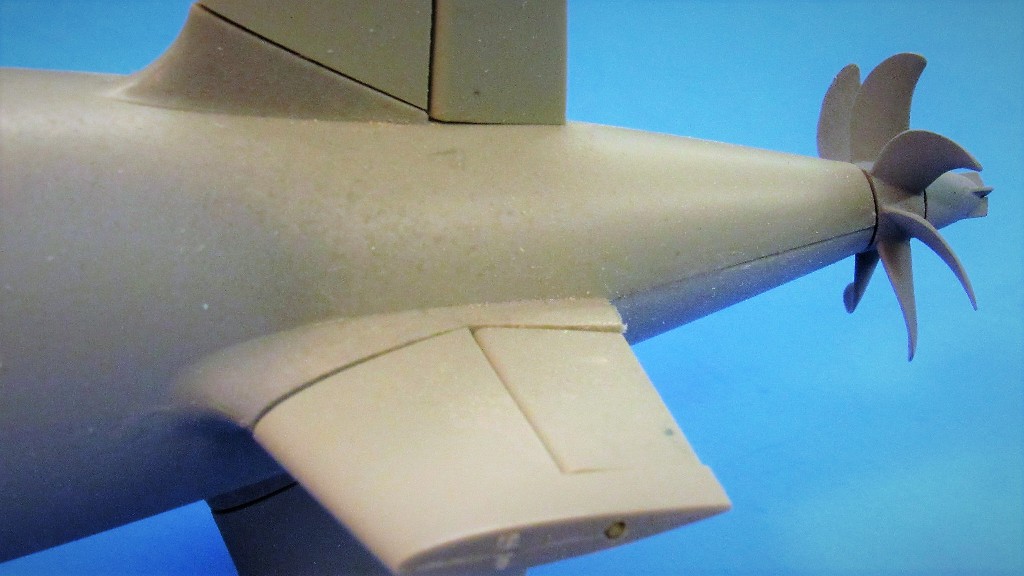
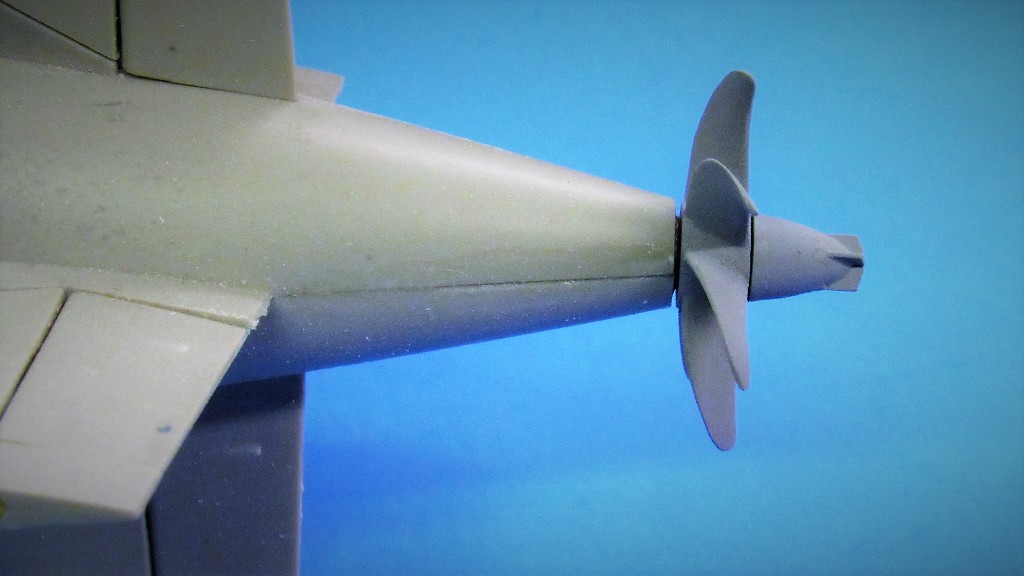
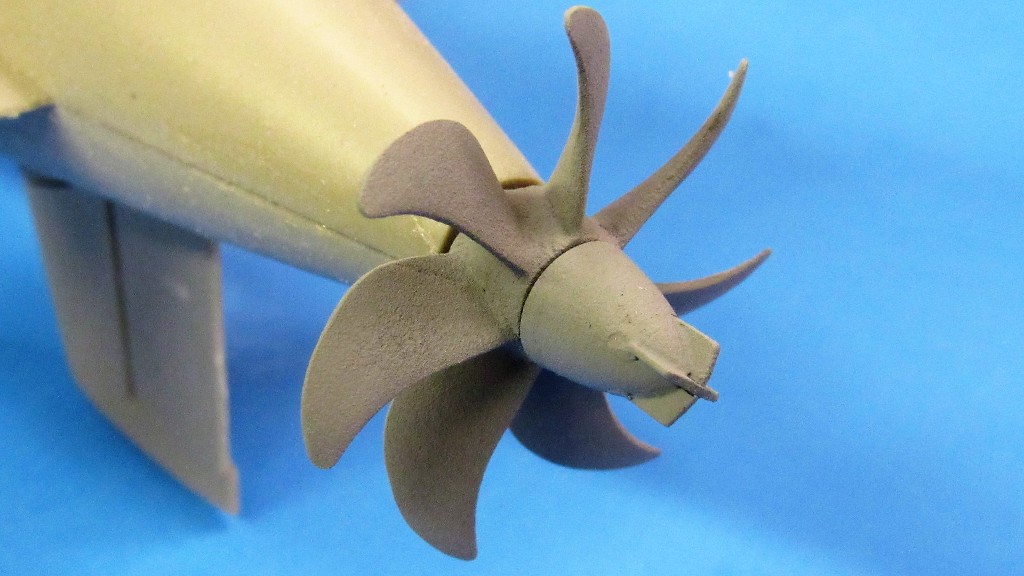

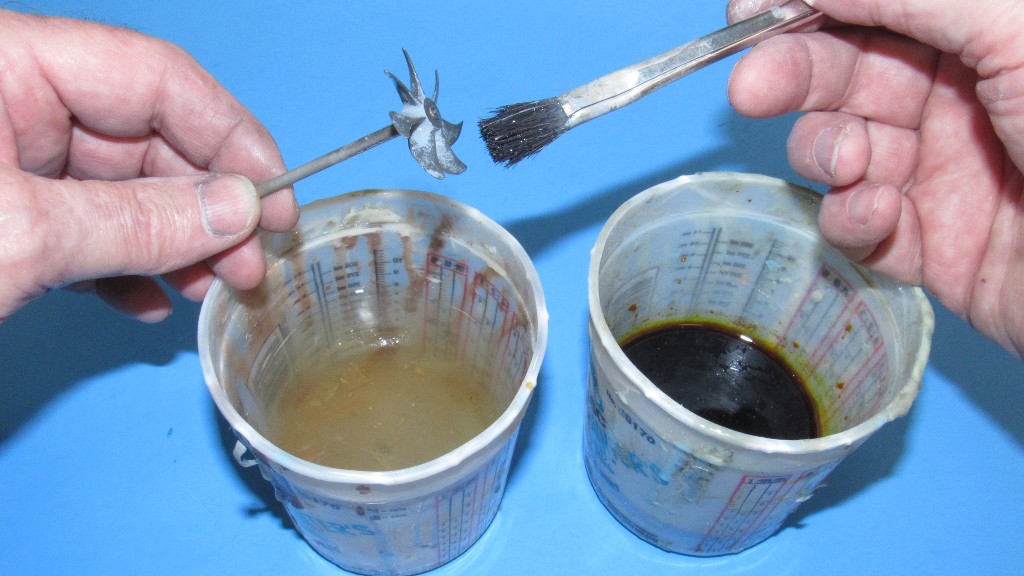
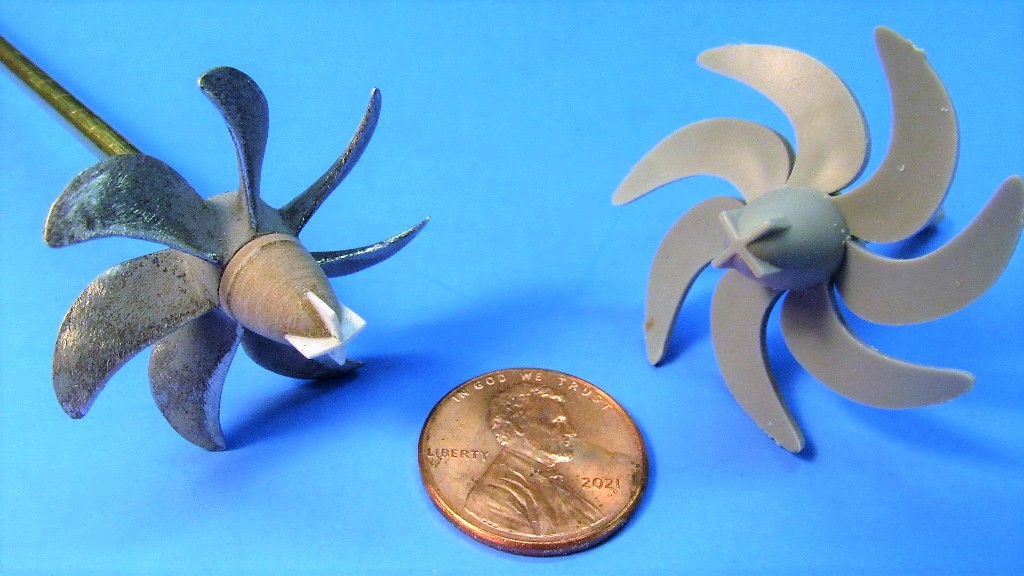
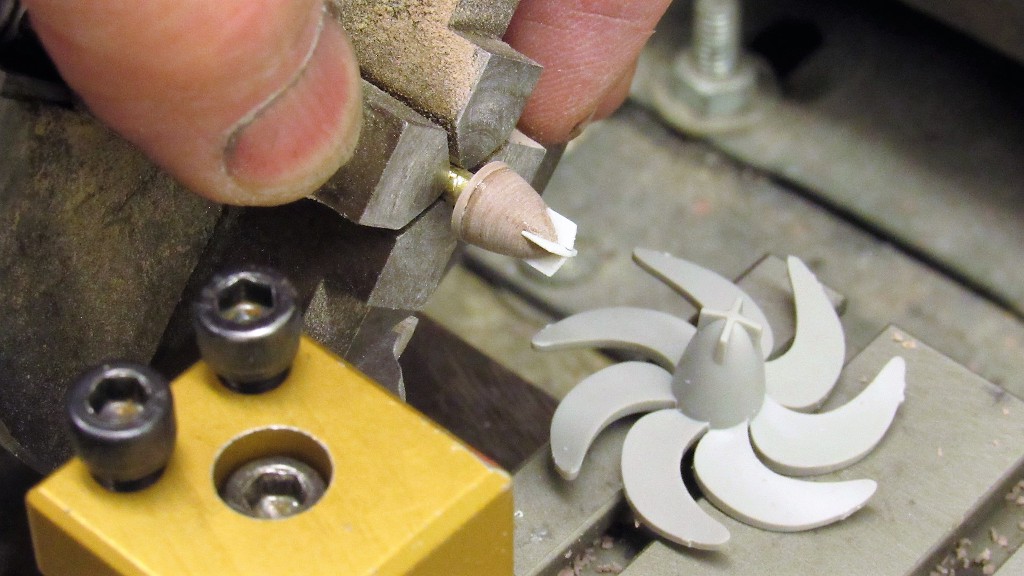
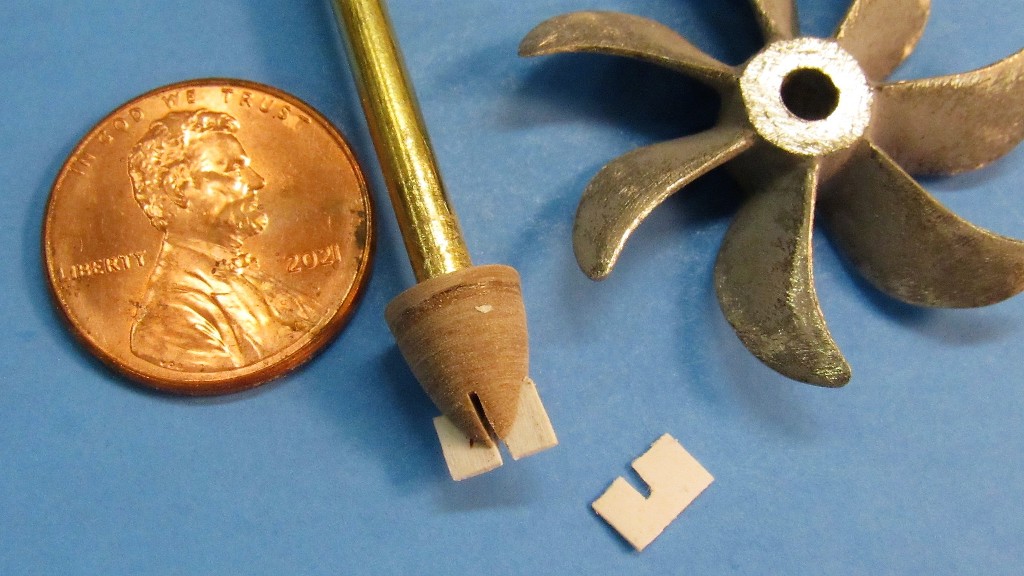


Comment